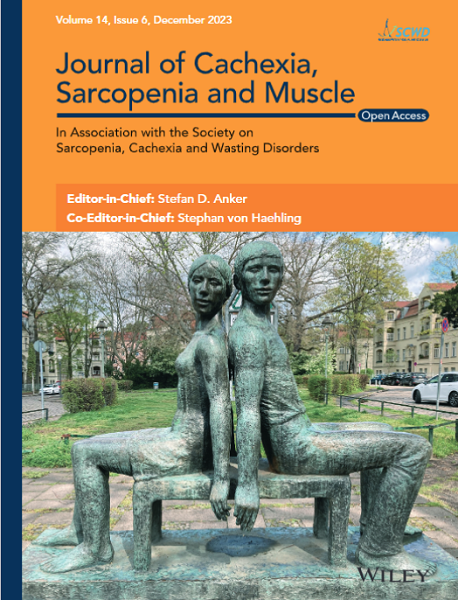Impact of Relative Energy Deficiency in Sport (REDs) on Bone Health in Elite Athletes: A Retrospective Analysis
Abstract
Background
Relative energy deficiency in sport (REDs) is associated with impaired performance and compromised bone health in elite athletes. While reduced bone mineral density (BMD) and increased risk for bone stress injuries are well documented, the underlying metabolic mechanisms remain poorly understood. This study investigates the bone metabolism in athletes with REDs and its impact on BMD and bone microstructure.
Methods
We retrospectively analysed data from 82 elite athletes (30.5% females, age 23.4 ± 7.6 years) who presented to our outpatient clinic. The diagnosis of REDs was made according to the International Olympic Committee REDs Clinical Assessment Tool Version 2 (IOC REDs CAT2), and athletes were categorised into strength-based vs. endurance-based sports. Laboratory assessment of calcium and bone metabolism included bone turnover markers such as osteocalcin, procollagen type 1 N-terminal propeptide (P1NP) and urinary deoxypyridinoline (DPD). Areal BMD with corresponding Z-score was measured by dual-energy X-ray absorptiometry (DXA) at the lumbar spine and hip. Volumetric BMD and bone microstructure were assessed by high-resolution peripheral quantitative computed tomography (HR-pQCT) at the distal radius and tibia.
Results
REDs was diagnosed in 24% of the athletes, and stress fractures were observed more frequently in athletes with REDs compared with those without REDs (70% vs. 25%, p < 0.001). Athletes with REDs showed significantly lower haemoglobin and haematocrit levels (p < 0.05). Osteocalcin and P1NP were reduced in REDs compared with athletes of strength-based disciplines (p < 0.01), while urinary DPD/creatinine and calcium excretion were elevated (p < 0.05), indicating suppressed bone formation and increased bone resorption, respectively. Athletes with REDs exhibited significantly reduced Z-scores at the lumbar spine and hip compared with strength and endurance athletes without REDs (p < 0.05). HR-pQCT revealed significantly lower bone volume to tissue volume and trabecular BMD at the distal radius and tibia, with more pronounced effects at the load-bearing tibia (p < 0.01). Similarly, trabecular number and cortical thickness were reduced in REDs, while no differences were observed in trabecular thickness.
Conclusion
Athletes with REDs are characterised by a catabolic bone metabolism, marked by reduced bone formation alongside increased bone resorption. The resulting metabolic imbalance compromises skeletal adaptations to mechanical loading and contributes to decreased BMD and deteriorated bone microstructure, particularly at weight-bearing sites. These findings underscore the shared key features of REDs and cachexia and highlight the need for early identification and management of REDs to prevent bone stress injuries and preserve athletic performance. Monitoring bone metabolism may support targeted treatment and improve outcomes in affected athletes.


 求助内容:
求助内容: 应助结果提醒方式:
应助结果提醒方式:


